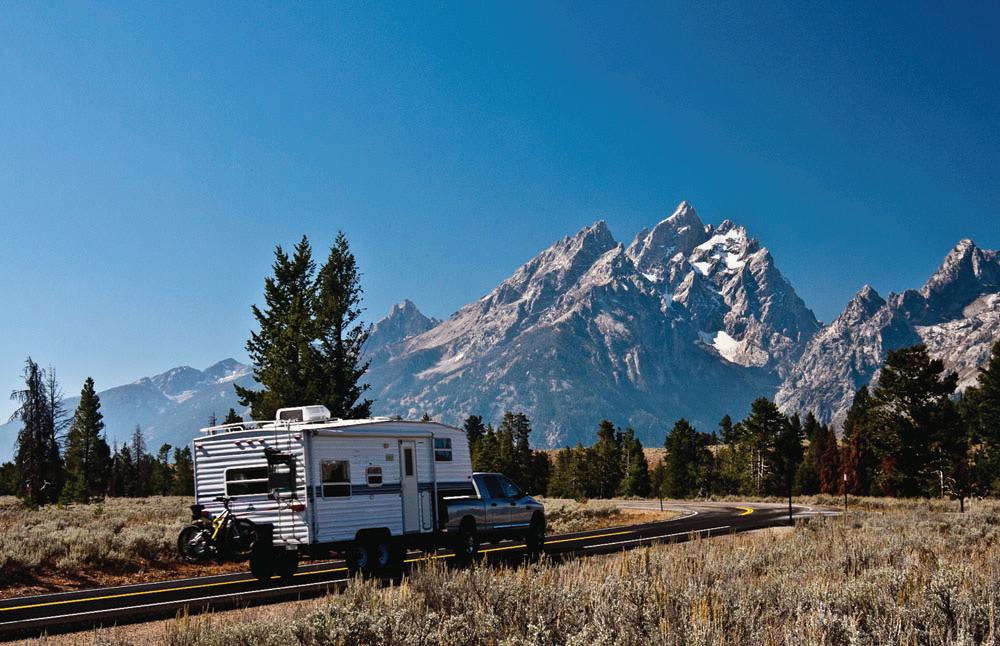
1 minute read
CAMPFIRE DOS AND DON’TS
Greenshoot Media
They provide warmth and light but also present certain dangers
Gathering around a fire is one of the staples of any camping trip. Besides providing a cozy nighttime experience, they also double as an outdoor range for dinner. Still, safety is a key concern as you build and maintain any fire. You may also need to check beforehand in case the area is under a burn ban. Some parks also have specific rules in place.
Here’s a list of the dos and don’ts associated with campfires.
Preparing The Area
Keep emergency equipment on hand, including a bucket of water, easy accessible dirt or sand, a shovel and a first-aid kit in case of burns. Look for a level spot away from dry grasses, shrubbery or low-hanging branches. Once you’ve found a cleared area, dig a fire pit that’s at least a half a foot deep, and two feet across. Pile the dirt around the hole in order to contain your fire.
Avoid building it at the base of a hill. The U.S. Department of Agriculture reminds us that fire can travel quickly uphill, escaping the intended burn area and then potentially spreading very rapidly. If you’re at a campground, try to reuse holes that are already there in order to disturb the land as little as possible.
Getting Started
Once the area has been safely prepped, it’s time to collect sources for your fire. The first layer of the fire should contain tinder, or dry leaves or pine needles. The second is kindling, a layer of dead or dry twigs. Finally, you’ll need larger sticks or logs, preferably thicker than three inches. Place the tinder along the bottom of the pit, then stack kindling in a leaning, upright position to create a cone. Light your tinder and let the fire get well underway before adding larger pieces of wood. Continue to feed the fire until it’s the size needed to warm up and get cooking.
Putting It Out
One of the most critical elements of fire safety revolves around what happens afterward. Drown fires with water and sand or dirt. Continue mixing the ashes with your shovel until the fire is completely out. This process should begin at least a half hour before you intend to fall asleep or leave, so you can be on the look out for flare ups. Never leave a fire before it is fully extinguished.





